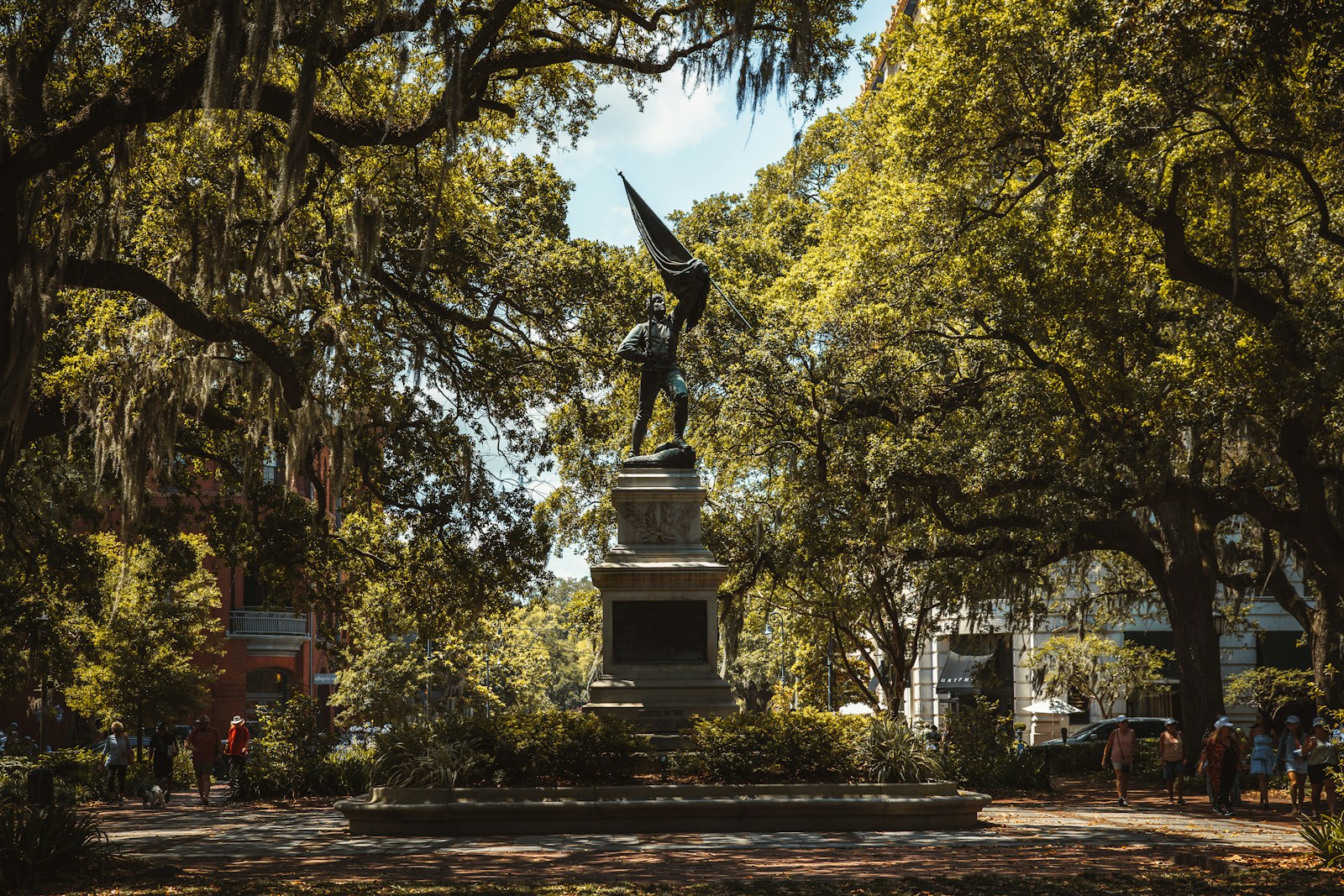Monuments and Memory: Grappling With History in a Small Southern Town

In the center of many of the historic town squares here in the South, you will often find a statue. It’s usually a figure of a soldier, standing tall and proud, a silent guardian of the town’s history. For a newcomer, these statues can be a puzzle. They are monuments to the Confederacy, the side that lost the American Civil War, a war that was fought over the issue of slavery. Understanding the intense and often painful debate that surrounds these statues has become a crucial part of understanding the place I now call home.
This isn't a simple issue with an easy answer. When you talk to people, you hear a wide range of deeply held beliefs. For some, especially older white Southerners, these monuments are seen as symbols of "heritage, not hate." They are memorials to their ancestors who fought and died in the war, seen as a defense of their homes and their way of life. They view the movement to remove these statues as an attempt to erase their history and disrespect their dead.
But for many others, particularly for African American members of the community, these statues are not sources of pride; they are painful, daily reminders of a brutal history of slavery and oppression. They argue that most of these monuments were not erected immediately after the war, but decades later, during the era of Jim Crow segregation. They see them not as memorials to fallen soldiers, but as political statements, symbols of white supremacy designed to intimidate the Black population and reinforce a racial hierarchy.
Trying to understand these two completely different perspectives can feel like looking at two different worlds. It's a conversation that is happening all over the South, in city council meetings, in local newspapers, and in quiet conversations between neighbors. Some towns have chosen to remove the statues, often placing them in museums where they can be presented with more historical context. Other towns have voted to keep them, sometimes adding new plaques or monuments that tell a more complete story of the town's history, including the experiences of its enslaved people.
As a Korean, this debate over historical memory is both foreign and familiar. Korea has its own deep and often painful history, particularly regarding the Japanese colonial period. We have our own debates about how to remember that history, what to preserve, and what it means for our national identity today.
What I am learning is that history is not just a collection of facts in a textbook. It is a living, breathing thing that is constantly being debated and re-interpreted. These statues are not just pieces of stone; they are focal points for a difficult but essential conversation about who we are, where we come from, and what kind of community we want to be in the future. It’s a puzzle with no easy solution, but watching this community grapple with it has taught me a great deal about the complexities of the American South.
